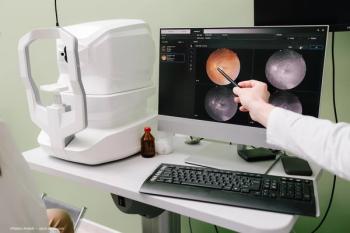
Part 7: Looking back at 50 years of innovation in ophthalmology
To mark Ophthalmology Times' 50th anniversary, we invited top experts to reflect on the most significant innovations in ophthalmology over the past five decades.
In celebration of Ophthalmology Times' 50th anniversary, we asked leading experts in the field what they see as the biggest innovation in ophthalmology in the past 5 decades.
Video Transcript:
Editor's note: The below transcript has been lightly edited for clarity.
Nitish Mehta, MD:
So we're now looking at almost 20 years of injection history with anti-VEGF medications, and this has completely revolutionized the field. I entered clinical practice when these were already in use, and we're actually about to hit another change in which our options can can explode quite, quite dramatically. So for treatments for diseases that were essentially, you know, blinding and irrecoverable, we're able to not only preserve vision, but improve vision, and soon we're going to be able to do it with even less treatment necessary.
Noemi Guemes-Villahoz, MD, PhD:
You know, when we go back in time, we always look at technology and surgery, but what really changed things is people, doctors, us. So I think that's the biggest innovation people because we are better prepared, we are more aware of we [what] are facing, we are facing a bigger change, not only in terms of medicine, but also a social change. I guess that, of course, technology, devices, AI, help us a lot, so we have to include that in our practice. But we don't have to forget that the main concern is the same thing take care of our patients that didn't change at all in 50 years.
Yuhua Zhang, PhD:
I looked back for the past 30 years, that's pretty [much] my time, my career time. I think imaging absolutely is one of the bigger propeller for the field. That's a major for example, the optical coherence tomography, the OCT, that revolutionize the current initial physician, also your physican scientist, to look at the retina previously that's really inaccessible. Also adaptive optics represent another one, [which] truly provided the imaging ability to look at the cells. Previously [cells] could only be seen either histology with a donor eye, the donor tissue. So I think that other study, for example, the AI, the artificial intelligence, that's another bigger movement. So that, I think with the past 3 or 4 decades accumulation, huge data of images that one will definitely make a different world.
Newsletter
Don’t miss out—get Ophthalmology Times updates on the latest clinical advancements and expert interviews, straight to your inbox.













































